At the beginning of last month, I spent two weeks with Lindblad Expeditions on-board the National Geographic Explorer. We voyaged from Iceland to the wild east of Greenland, and then hugged the coast to the more populated west of the world’s largest island. I struggle to capture the beauty of Greenland in words, the landscape, wildlife and magical light of the Arctic Summer were simply wonderful.
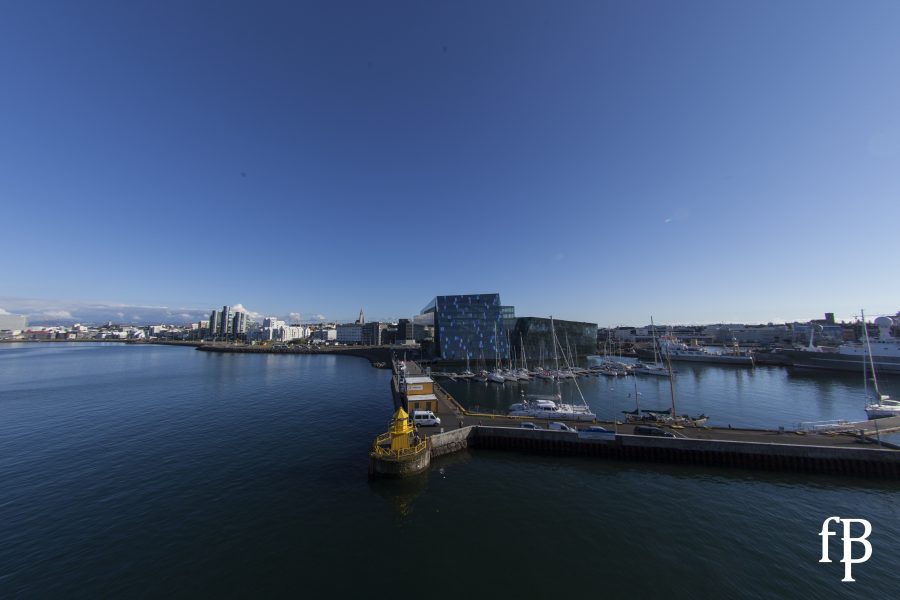
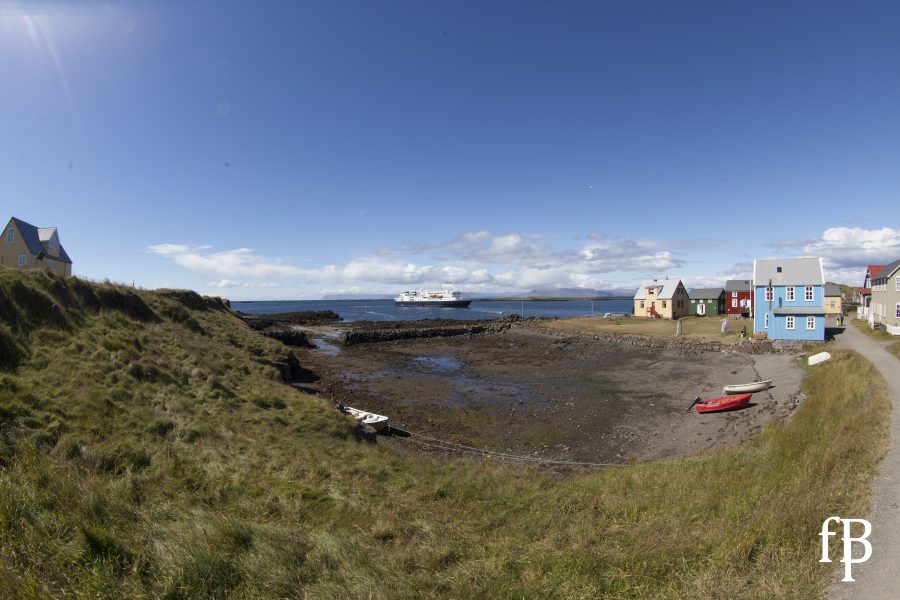
We set out from Reykjavík on August 2, heading up north to the bird cliffs of Iceland’s west coast. The Lindblad expedition team shuttled us to the idyllic island of Flatey were we had some close-up encounters with Arctic terns and charismatic Atlantic puffins. I spent most of my time on Flatey lying flat on my belly, trying to capture Arctic tern parents feeding their chicks. Adult terns recognise their young by their call, and literally dive in and out to hand over fish within the fraction of a second.
Please click GIF button for animation:
[WPGP gif_id=”2724″ width=”600″]
From Flatey, we steamed directly to the coast of eastern Greenland, aiming to get as far north as the ice allowed. We found wonderfully calm conditions in the Denmark Strait. This allowed me to spend hours on end looking out for whales from the foredeck. I was soon rewarded with the sightings of fin and humpback whales. As we travelled north, we soon passed numerous large icebergs that testify to the current thinning of the Greenland Ice Sheet. In retrospect, the day and a half in the open ocean passed in the blink of an eye. Presentations by the Linblad natural history team, whale sightings and sublime views of Greenland’s coast in the distance made short work of time.

On the third day of our journey, we arrived at Kaiser Franz-Josef Fjord in the early morning. Much to my disappointment, there was no sea-ice anywhere, despite a latitude of 73°N, in an area that is usually covered by ice until September. We landed at Myggbukta (Mosquito bay), which honoured its name with swarms of insects. There, glacial landforms such as raised beaches showed evidence of more extensive glaciation several thousand years ago. Now, a wealth of flowers graces the green slopes of the coastal hills and mountains, which certainly justify the name of the island.
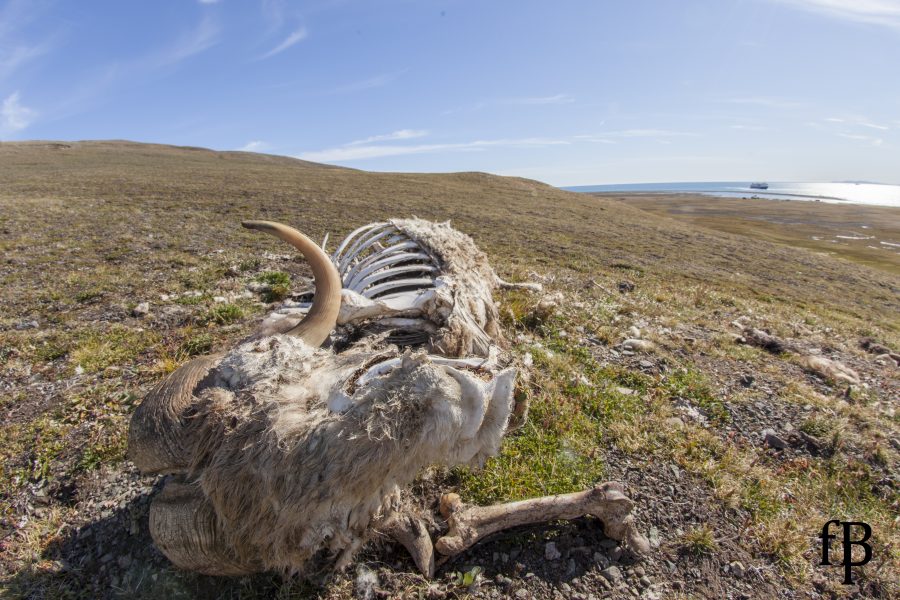
We then ventured south through Kong Oscar Fjord and Scorsbysund, where we had our first polar bear encounter. We sighted a solitary bear swimming in front of a large glacier front, desperately looking for an ice floe large enough to climb. But in the absence of sea ice, its preferred hunting ground, it swam off until its small white head was indistinguishable from the little bits of glacier ice floating in the sea. The following day, we saw a polar bear mother with her two cubs that had resorted to robbing bird-nests after all the seals had disappeared with the ice. While they were still looking healthy, they have a long wait for sea ice to return to this region and eggs and chicks are about to disappear with the southward migration of birds.
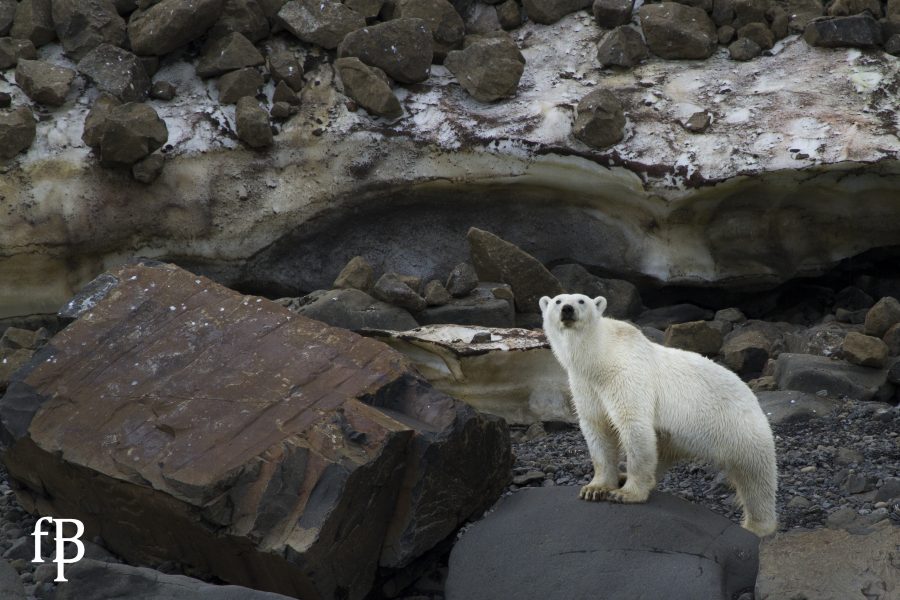
As we hugged the coast en route to the west of Greenland, we saw several more humpbacks, fins and even killer whales in large groups seemingly feeding in the surface waters. Reluctantly, we left the feeding ground of whales on the east coast and made our way through Prins Christiansund to the west. This narrow passage impresses with its extremely scenic shoreline, rising steeply either side of the water. It also represents a much faster route than rounding the cape, with calm seas almost guaranteed in the sound.
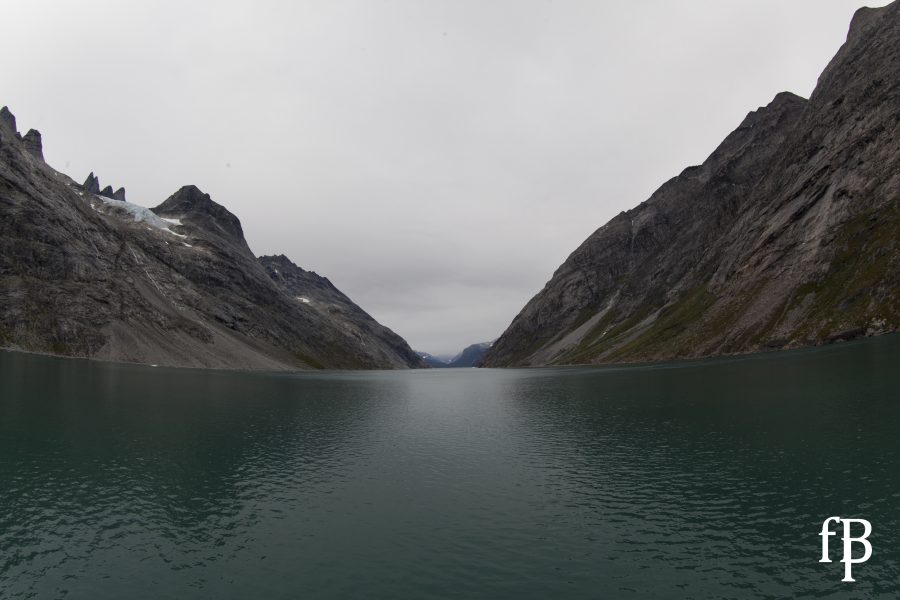
On the west coast, we visited ancient settlements of Vikings colonised early during the last millennium, and visited the modern towns of Qaqortoq, Nuuk and Kangerlusiaq. These towns all buzzed with a vibrant community, kids were playing around a fountain and people of all age groups enjoyed the summer sun — views I certainly didn’t expect this far north. The colourful houses, some with beautiful paintings of Inuit hunters, added to the flair of the communities.
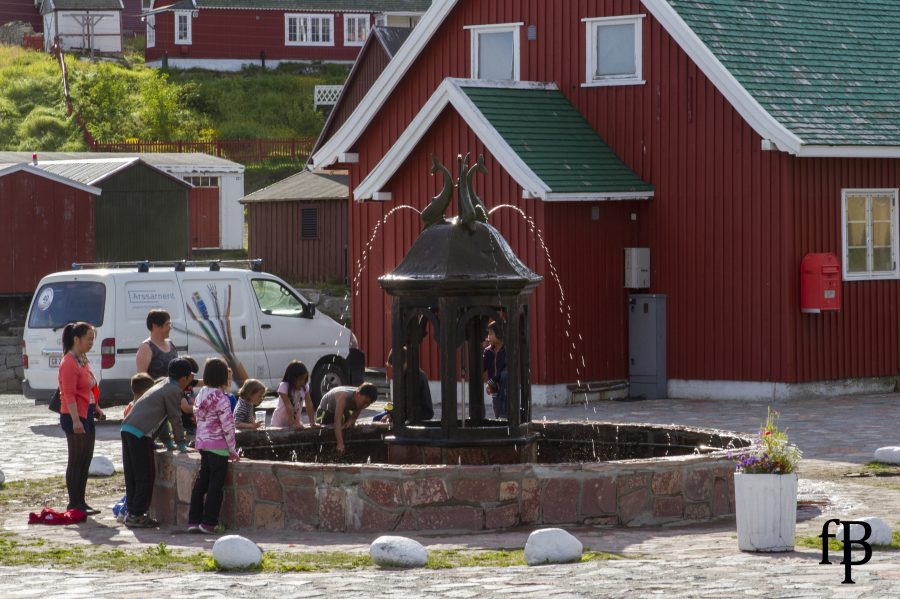
I could go on forever, describing stunning walks at a dozen landing points in Greenland’s wild fjords. I hope some of my photos do a better job at describing the landscapes and wildlife encounters than my words. My time with Lindblad Expeditions on land and at sea was exceptional and I am so grateful to Lindblad, Rolex and the Our World-Underwater Scholarship Society for this wonderful experience. Setting foot on Greenland for the first time will remain fondly in my memory, and I hope to return to this magical place again soon.